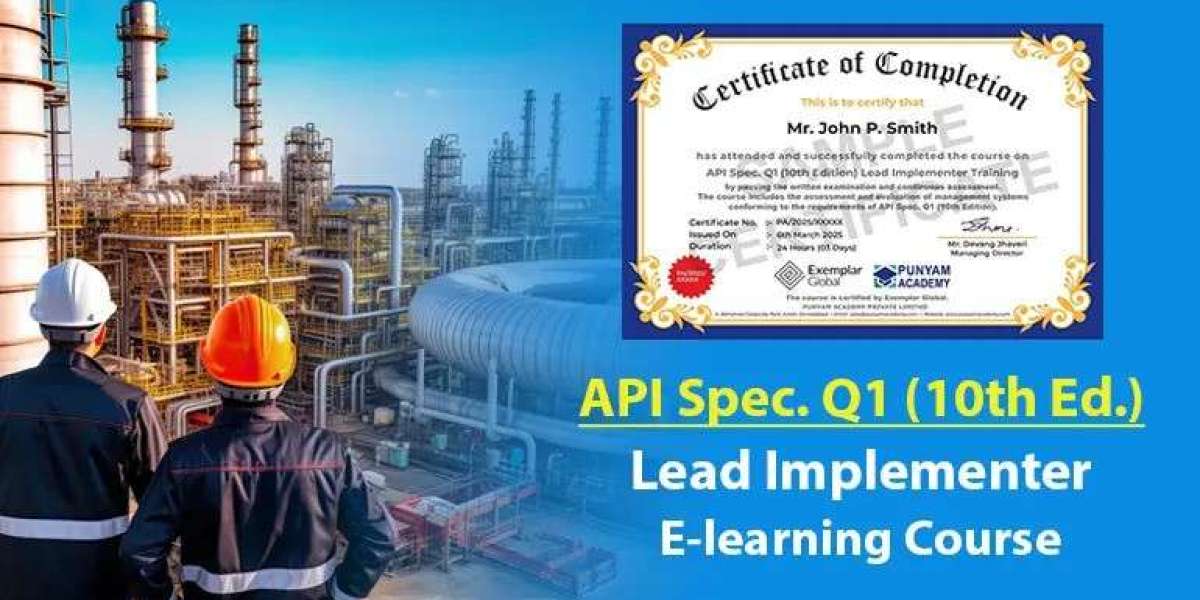Understanding API Q1 10th Edition Internal Audit Requirements
API Specification Q1 (10th Edition) demands a proactive and systematic internal audit program as part of the quality management system for oil and gas equipment manufacturers and service providers. The latest edition aligns with modern quality management principles, including a strong emphasis on risk-based thinking. While a formal quality manual is not specifically mandated, the standard requires a documented audit program defining the audit criteria, scope, frequency, and methods. In practice, quality leadership – often a senior manager or experienced auditor – develops and maintains the audit program to ensure it remains aligned with the organization’s objectives and compliance goals.
Incorporating Risk-Based Audit Planning
Effective audit planning begins with risk-based thinking. Organizations assess which processes or product lines pose the greatest risks to safety, product quality, or customer satisfaction. High-risk areas – such as processes with a history of defects, major customer returns, or critical safety implications – are audited more frequently or in greater depth. Similarly, new or recently changed processes receive early audits to ensure that any introduced risks are identified and addressed promptly. These identified risks are used to shape the audit criteria and scope, so that auditors focus on the most critical controls and procedures.
Determining Audit Frequency and Scope
The audit plan must explicitly address how often each process or department will be audited. Audit frequency is set based on factors such as process complexity, historical audit findings, and any regulatory or customer requirements. For instance, API Q1 encourages more frequent reviews of especially critical processes, so operations with higher safety or compliance impact might see quarterly or semi-annual audits, while stable, lower-risk processes may be audited annually. At the same time, the program’s documented schedule ensures no area is overlooked and that audits are repeatable and consistent over time.
Clarifying audit scope is equally important. The internal audit program should specify which functions, processes, or units are covered by each audit and what aspects to review (for example, document control, equipment calibration, or customer contract requirements). By defining scope and criteria clearly, the audit team makes sure that no critical requirement is missed and that audits are consistent across cycles.
Ensuring Auditor Competence and Independence
A key element of an effective audit plan is the competence and objectivity of the audit team. API Q1 (10th Edition) explicitly requires that audits be performed by personnel who are qualified and independent of the work being audited. In practice, this means auditors should have appropriate training and experience (for example, knowledge of the API Q1 standard and the company’s processes) and should not audit their own work or that of their direct reports. Many organizations select and train internal auditors through recognized programs; for example, someone with API Q1 lead implementer training or equivalent certification would be equipped to audit those processes effectively.
Objectivity is also maintained by having audit teams assigned independently. In practice, audits are often conducted by an internal quality team or by employees from different departments, rather than having managers audit their own areas. This separation of roles helps ensure impartiality in reporting audit findings.
Using Audit Results for Continuous Improvement
An internal audit plan must include mechanisms to act on audit findings and drive improvement. After each audit, findings should be documented and communicated to management, clearly distinguishing between actual nonconformities, observations, and examples of good practice. The organization should set target response times for corrective actions, ensuring that significant issues are addressed promptly. Follow-up checks or subsequent audits verify that corrective actions have been implemented effectively.
These audit results feed into management review, where leaders identify trends and allocate resources for improvement. Over time, the audit program is refined – for example, if certain processes consistently meet requirements, their audit frequency may be reduced, freeing time to focus on emerging risks or weaker areas.
An effective internal audit plan for API Q1 (10th Edition) combines general auditing best practices with the standard’s specific expectations, emphasizing corrective action and continual improvement rather than a mere checkbox exercise. It is built on a clear program that outlines audit criteria, scope, schedule, and methods – all guided by risk-based thinking. Critical and high-risk processes are audited more frequently, and each audit is conducted by qualified, impartial auditors – often including those with API Q1 lead implementer expertise. Most importantly, audit findings are used to correct issues and continually improve the quality management system.



